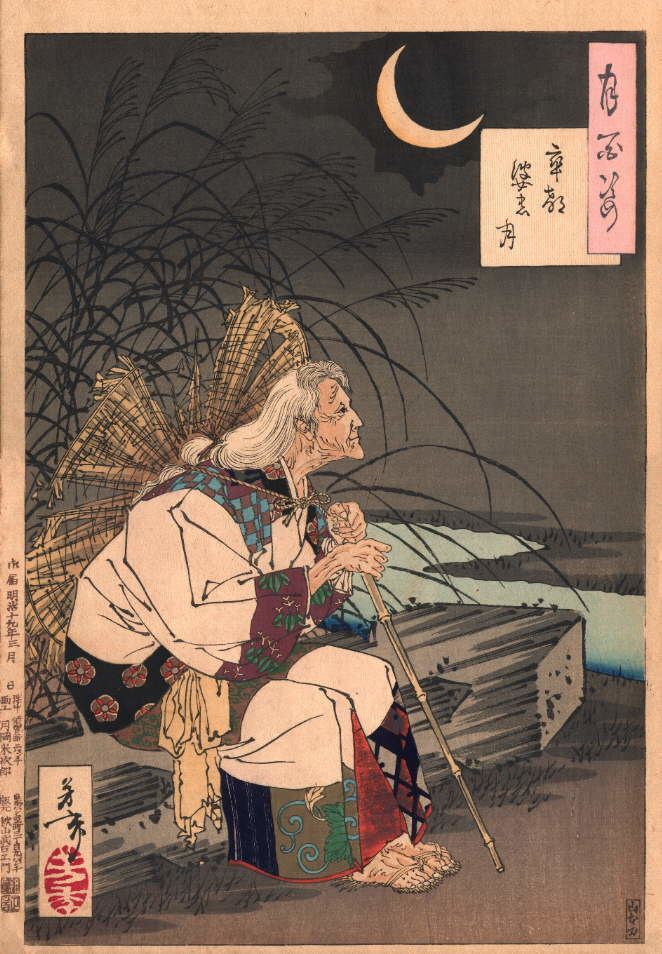 | ||
Years link to corresponding "[year] in poetry" articles.
Contents
Works
Births of Arabic world poets
Deaths of Arabic world poets
Turkic world
Persian poets
Poets
Works
Events
Poets
East Asia
China
Japan
Works
Poets
References
9th century in poetry Wikipedia(Text) CC BY-SA
